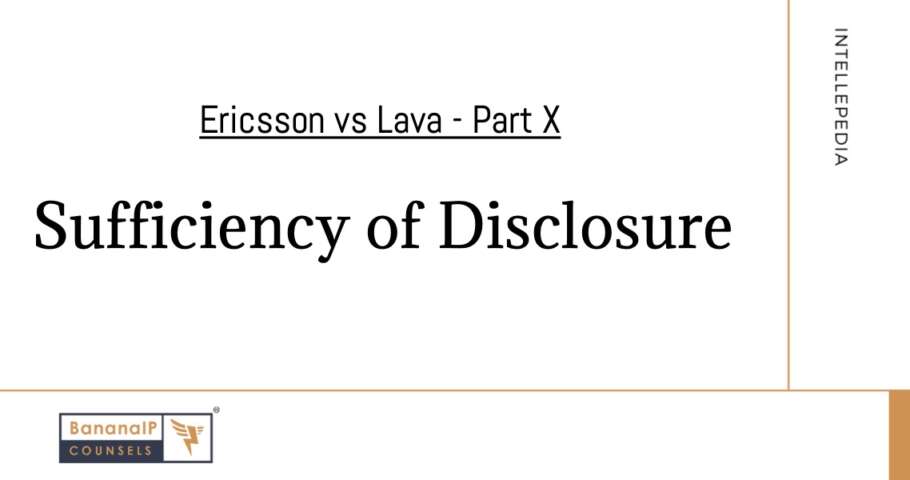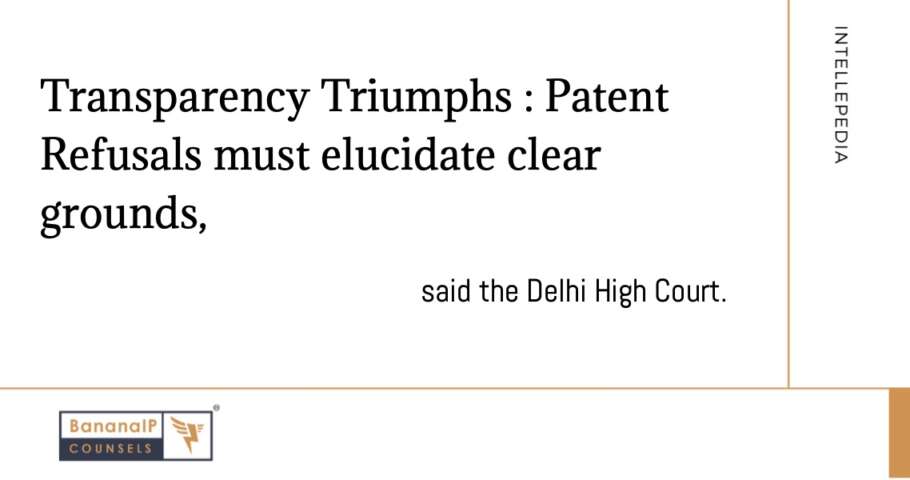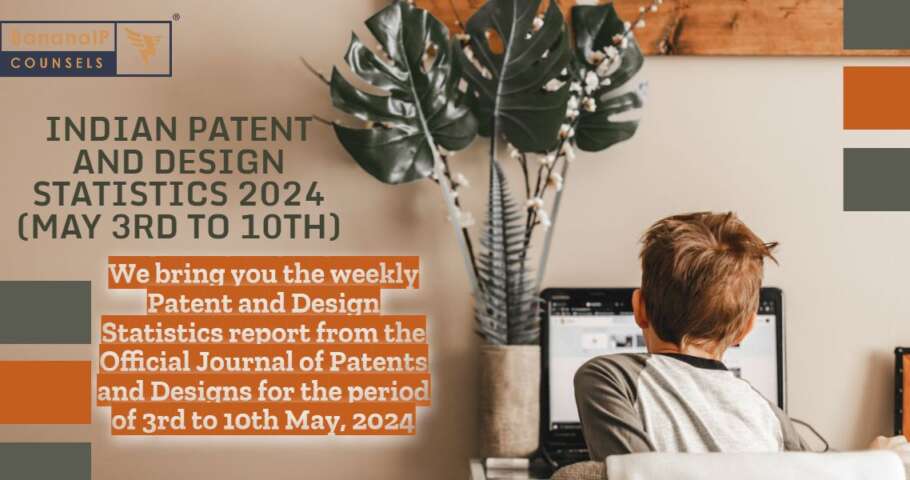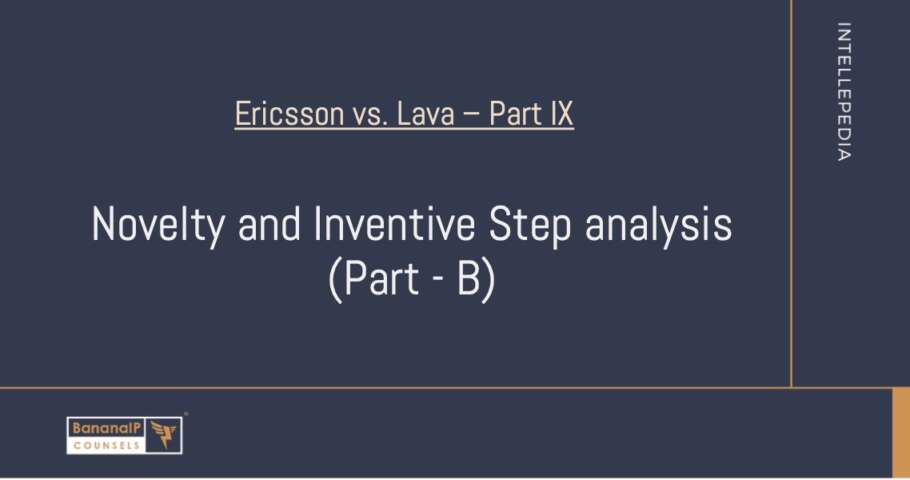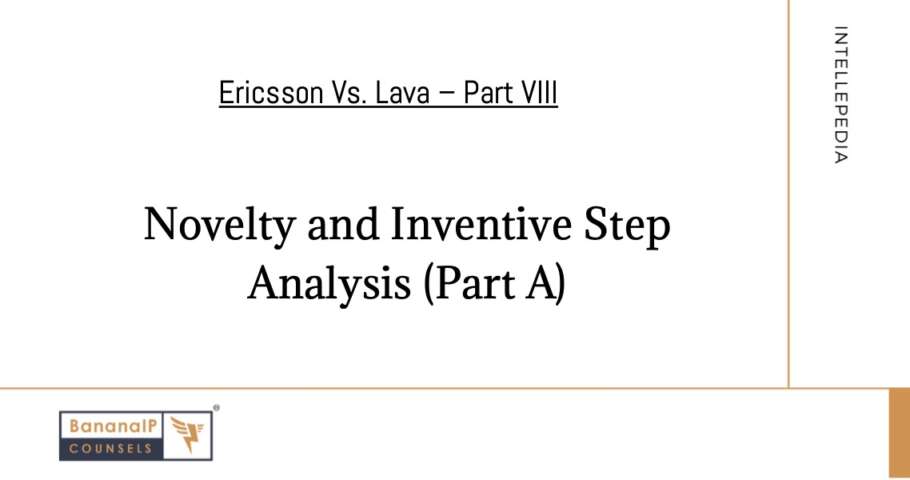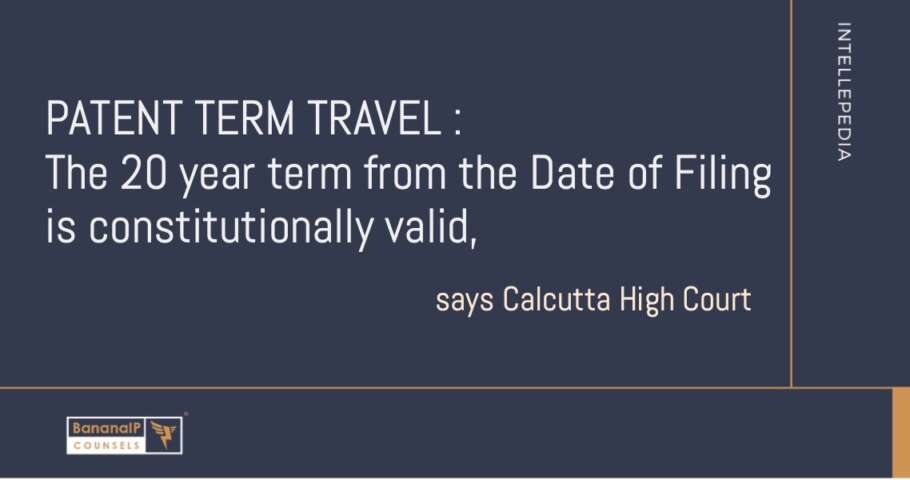The Madras High Court criticized the Patent Office for using outdated CRI guidelines of 2016 instead of the revised 2017 guidelines in evaluating Microsoft’s patent application. The court emphasized the importance of assessing technical effect or contribution in CRIs without considering hardware. Continue Reading Court criticizes Patent Office for using outdated CRI Guidelines





